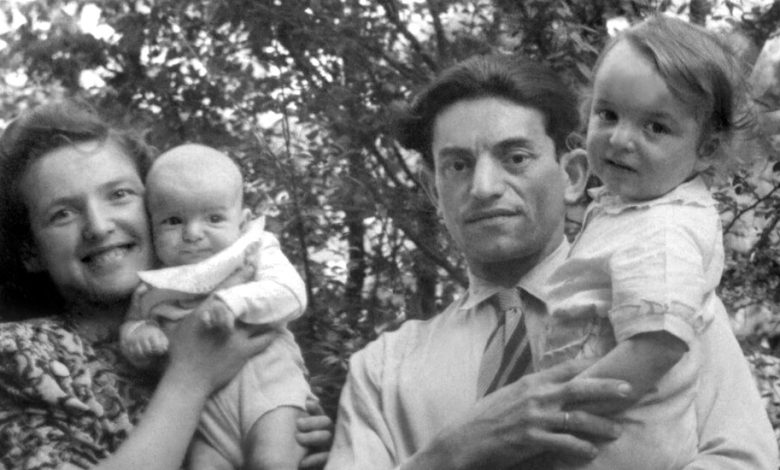What Today’s Migrant Crisis Looks Like to a Holocaust Refugee

Even with New York’s complicated history as a port for new arrivals, the photographs this summer of more than a hundred migrants sleeping shoulder to shoulder on the sidewalk outside the once-elegant Roosevelt Hotel in Midtown Manhattan were shocking. So were scenes of young migrants idling on sidewalks, stoops and park benches, desperate to work but legally prohibited from doing so.
For those of us who were once part of such a moment, the scenes stirred up memories and reflections on how different some things were now for new arrivals and how much they were the same. I, too, was once part of a migrant influx.
In the years after the end of World War II, New York City absorbed a similar wave of immigrants — a large majority of the 140,000 Jewish Holocaust survivors who came to America between 1946 and 1953 — and it did so comparatively smoothly and uneventfully. These immigrants were eager to get on with their lives but were still in shock or heartbroken from the brutalities they had suffered, the parents and siblings they had lost, and the hometowns they could no longer return to.
Those who had no relatives to stay with were put up in 14 hotels that had seen better days as well as in a shelter hacked out of the former Astor Library on Lafayette Street, which is now the Public Theater.
My family was among those immigrants, having spent the previous four years waiting for visas to the United States while idling in two camps for so-called displaced persons in the American zone in occupied Germany. After a rocky voyage on a merchant marine vessel called the U.S.S. General A.W. Greely, my parents, my brother and I arrived on March 3, 1950, at a pier on West 21st Street. My brother Josh was not yet 3. I was 5.
Since it was the festive holiday of Purim, the Hebrew Immigrant Aid Society greeted us with hamantaschen and coffee. And then our valises and duffel bags were piled into a van and we were taken to Capitol Hall on West 87th Street off Amsterdam Avenue.
We are having trouble retrieving the article content.
Please enable JavaScript in your browser settings.
We are confirming your access to this article, this will take just a moment. However, if you are using Reader mode please log in, subscribe, or exit Reader mode since we are unable to verify access in that state.
Confirming article access.
If you are a subscriber, please log in.





